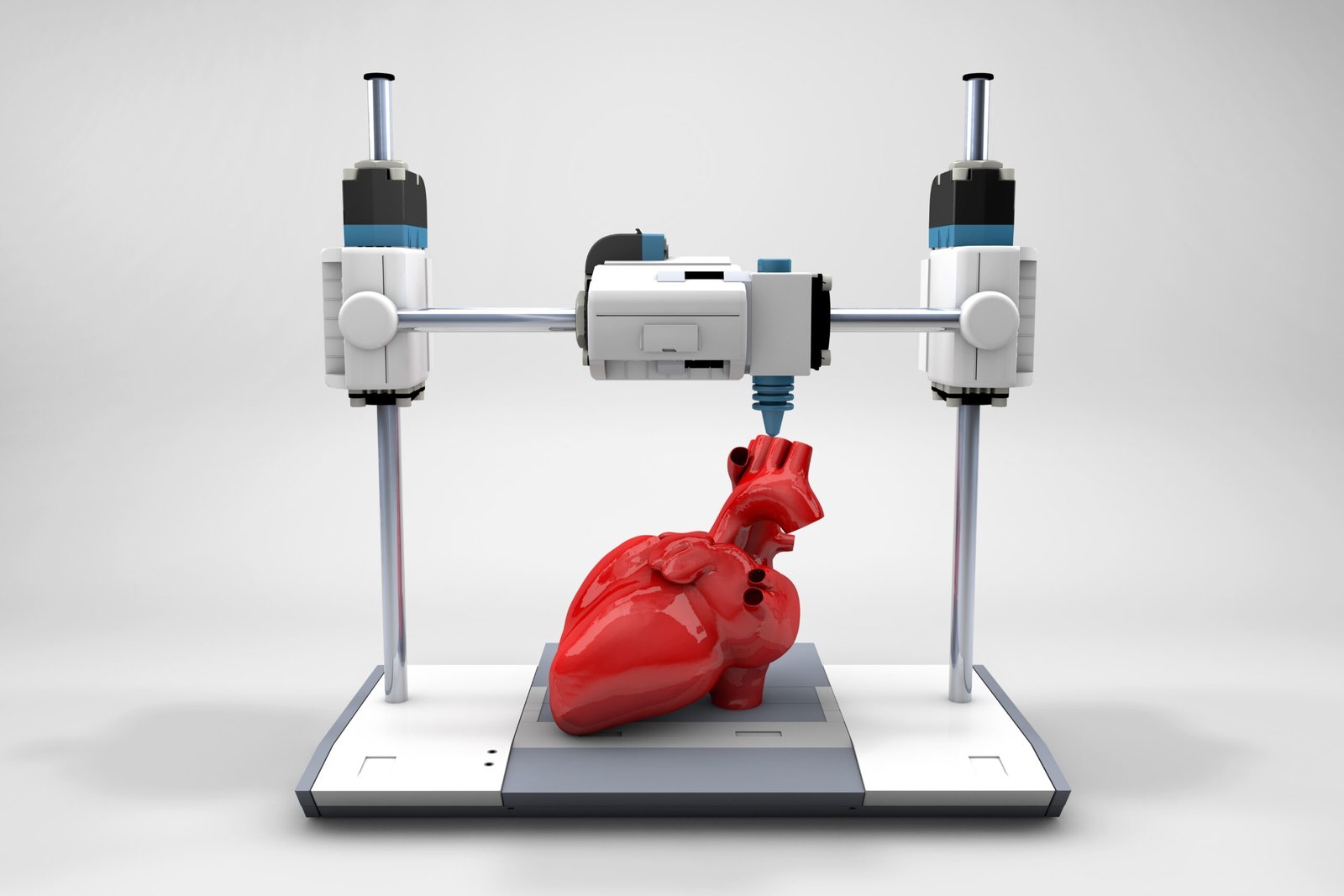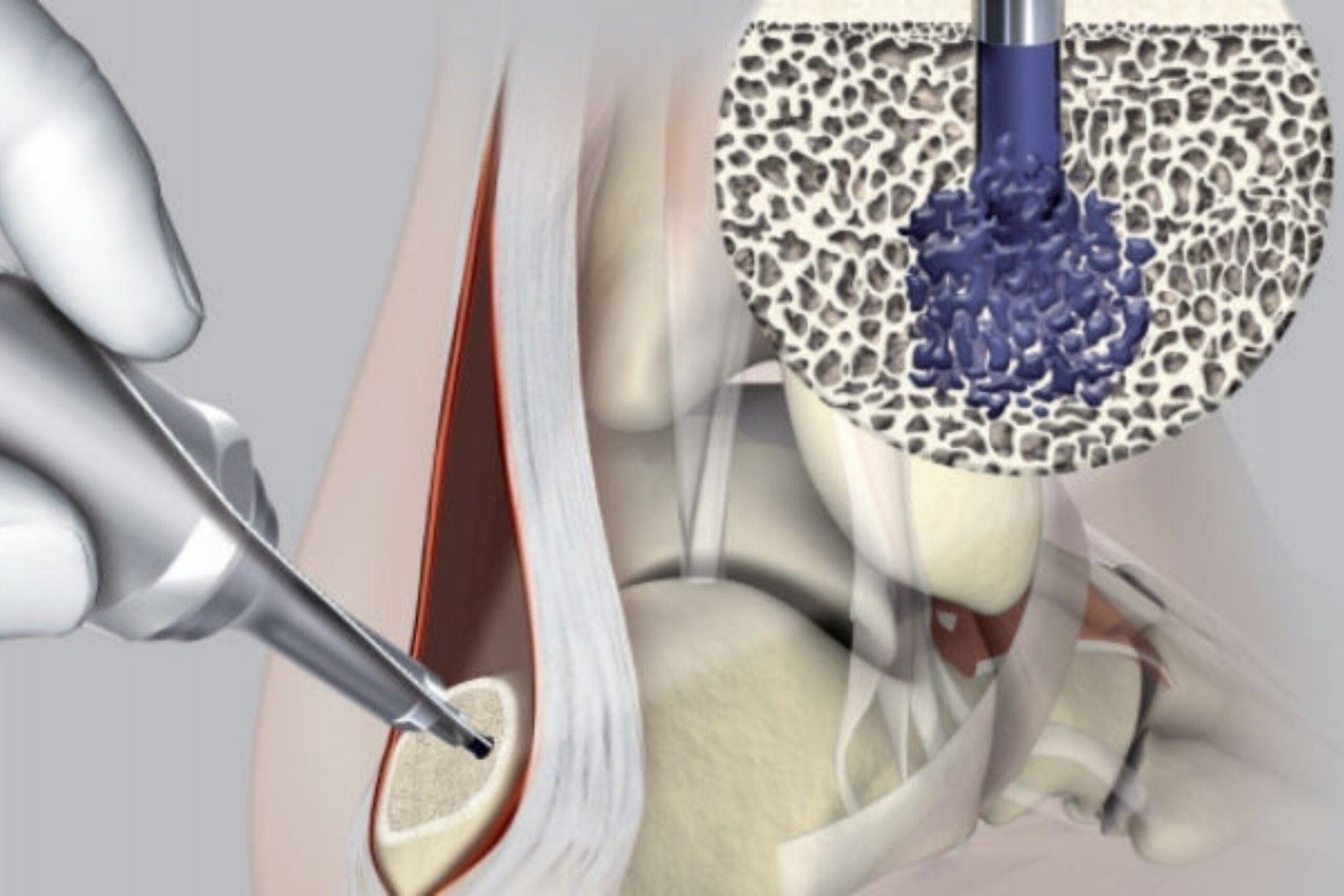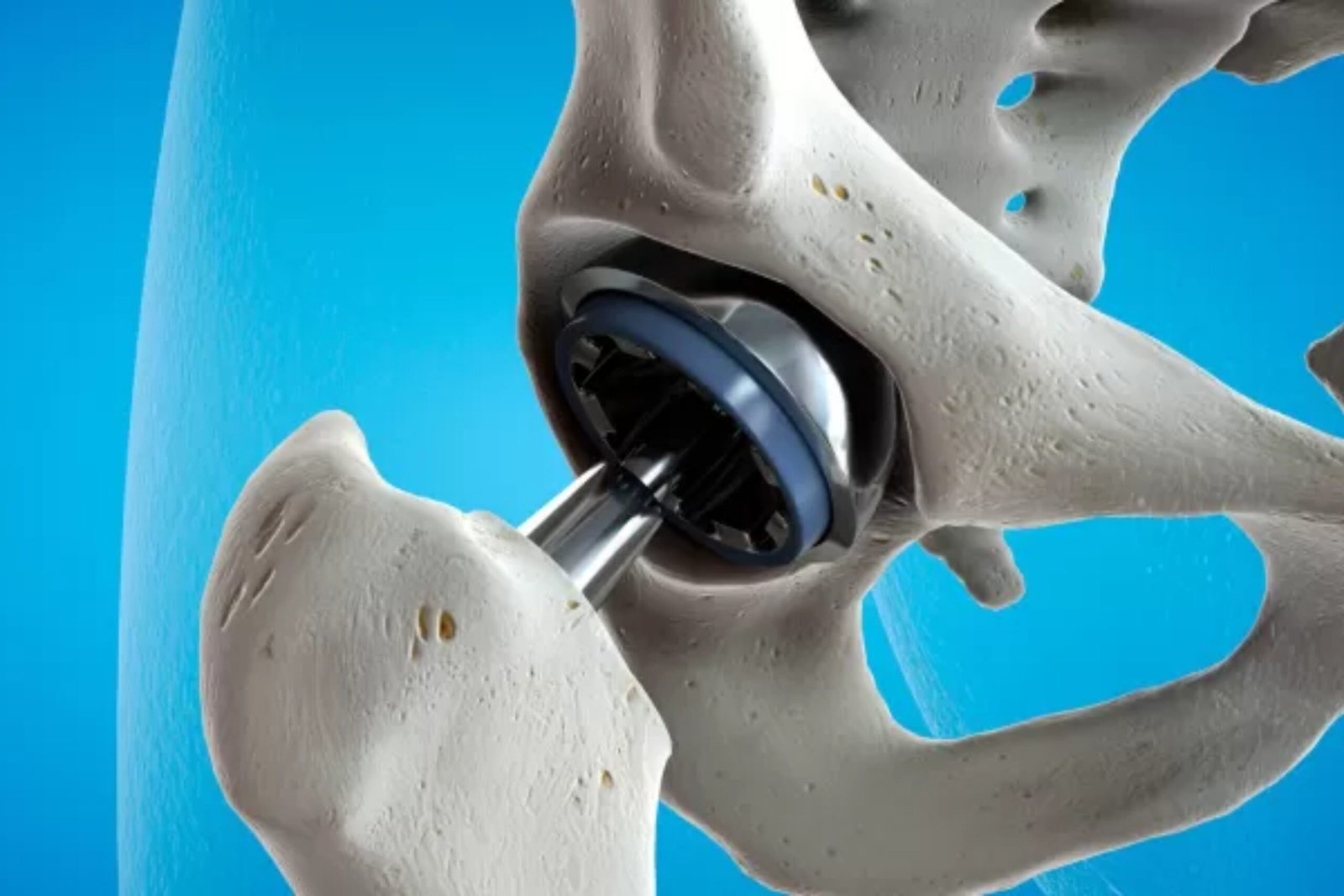Orthopedic implants have changed the way we treat issues related to bones and joints, giving millions of people around the world a second chance at life after injuries, illnesses, or age-related conditions. As our population gets older and more people face bone and joint problems, the need for advanced orthopedic implants is increasing. Through this article, we will learn more about these implants, the different types and materials used, how these implants are used in treatment, recent innovations in the field, and what the future holds for this important medical technology.
What Are Orthopedic Implants?
These are medical devices surgically inserted into the body to replace, support, or enhance damaged bones, joints, or cartilage. These devices are essential in treating fractures, joint degeneration, congenital deformities, and a variety of musculoskeletal disorders. Their primary goal is to restore mobility, reduce pain, and improve the quality of life for patients who have suffered injuries or have chronic orthopedic conditions.
Orthopedic implants are typically crafted from biocompatible materials that can withstand the mechanical demands of the human body while minimizing the risk of rejection or adverse reactions. The most common materials include titanium alloys, stainless steel, cobalt-chromium alloys, and, in some cases, high-grade medical plastics that mimic cartilage.
Why Are Orthopedic Implants Needed?
These implants are used in a variety of scenarios, including:
- Repairing fractured or broken bones
- Replacing worn-out or diseased joints (e.g., hip or knee replacements)
- Correcting congenital deformities
- Restoring function after traumatic injuries
- Supporting weakened bones due to osteoporosis or cancer
By providing structural support and facilitating the healing process, these implants help patients regain mobility and return to their daily activities.
Types of Orthopedic Implants
These implants come in several forms, each designed for specific applications within the musculoskeletal system. The main categories include:
1. Orthopedic Screws
Orthopedic screws are used to secure fractured bone fragments, provide compression at the fracture site, and stabilize bones during healing. These screws come in various designs, such as cortical screws for dense bone, cancellous screws for spongy bone, and lag screws for compressing bone fragments together.
2. Orthopedic Plates
Plates are flat, metallic devices attached to the bone with screws. They are used to bridge fractures, provide stability, and ensure proper alignment during healing. There are several types of plates, including:
- Buttress Plates: Used for fractures in areas subjected to compressive forces, such as the knee and ankle.
- Neutralization Plates: Span a fracture to balance loads and support other implants.
- Bridging Plates: Maintain bone length and alignment in complex fractures.
- Tension Plates: Often wires used to secure bones under tension.
- Compression Plates: Apply dynamic pressure to promote bone healing.
3. Prostheses

Prosthetic orthopedic implants are used to replace entire joints or bones, most commonly in hip and knee replacements. These implants restore function and mobility, allowing patients to resume active lifestyles. Prostheses may be cemented or press-fitted into place, and sometimes combine metal and plastic components to mimic natural joint movement.
4. Pins, Wires, and Nails
- Pins and Wires: Used for small bone fractures, especially in the hands and feet.
- Intramedullary Nails: Long rods inserted into the marrow canal of long bones (like the femur) to stabilize fractures from within.
5. Specialized Implants
Other specialized orthopedic implants include spinal cages, anchors, and bioresorbable devices that gradually dissolve as the bone heals.
Materials Used in These Implants
The choice of material is crucial for the success of these implants. The most common materials include:
- Titanium Alloys: Lightweight, strong, and highly biocompatible, making them ideal for load-bearing implants.
- Stainless Steel: Durable and cost-effective, often used for temporary implants.
- Cobalt-Chromium Alloys: Extremely strong and wear-resistant, suitable for joint replacements.
- Medical-Grade Plastics: Such as ultra-high-molecular-weight polyethylene, used as artificial cartilage in joint prostheses.
- Bioresorbable Metals: Magnesium, iron, and zinc-based alloys are being explored for implants that gradually dissolve as the bone heals, eliminating the need for removal surgery.
How Are Orthopedic Implants Placed?
These implants are typically inserted through surgical procedures performed by specialized orthopedic surgeons. The process involves:
- Assessing the injury or condition through imaging (X-rays, MRI, CT scans)
- Planning the surgery, including the selection and sizing of the implant
- Performing the operation under anesthesia, often using minimally invasive techniques
- Placing the implant and securing it with screws, cement, or press-fit methods
- Monitoring healing and rehabilitation post-surgery.
Benefits of Orthopedic Implants
These implants offer a range of benefits, including:
- Restoring mobility and function to injured or diseased limbs
- Reducing pain and improving quality of life
- Enabling faster and more complete recovery from fractures
- Correcting deformities and preventing further complications
- Allowing patients to return to work, sports, and daily activities.
Risks and Complications
While these implants are generally safe and effective, potential risks include:
- Infection at the surgical site
- Implant loosening or failure
- Allergic reactions to implant materials
- Wear and tear over time, especially in joint prostheses
- Need for revision surgery in some cases
Advancements in materials and surgical techniques have significantly reduced these risks, but patients should discuss potential complications with their healthcare providers.
Recent Innovations in Orthopedic Implants
- 3D Printing: Custom implants tailored to a patient’s anatomy, improving fit and function.
- Smart Implants: Devices with sensors that monitor healing and transmit data to physicians.
- Bioresorbable Implants: Materials that dissolve over time, eliminating the need for removal.
- Coatings and Surface Treatments: Enhancements that promote bone growth and reduce infection risk.
- Minimally Invasive Surgery: Techniques that reduce recovery time and surgical trauma.
Also Read: I Bet You Didn’t Know These Interesting Facts about Orthopedic Technology
Future Trends

The future of these implants is promising, with ongoing research focused on:
- Developing new biomaterials that mimic natural bone and cartilage
- Integrating artificial intelligence and robotics in surgical planning and execution
- Enhancing implant longevity and reducing the need for revision surgeries
- Personalized medicine, where implants are designed for individual patients based on genetic and anatomical data.
Conclusion

Orthopedic implants have greatly improved orthopedic care, giving hope and better results for patients dealing with fractures, joint problems, and musculoskeletal disorders. Thanks to ongoing improvements in materials, design, and surgical methods, these implants are becoming safer, more effective, and tailored to individual needs. As technology keeps advancing, the future looks even brighter for people needing orthopedic solutions.
If you are thinking about these implants for yourself or a loved one, it’s important to understand the different types, materials, benefits, and potential risks. This knowledge will help you make informed choices and achieve the best possible results for your orthopedic health.
These implants are more than just medical tools; they are life-changing innovations that help restore movement, independence, and a better quality of life for many people around the world.
Frequently Asked Questions
1. How long do these implants last?
The lifespan of these implants varies depending on the type, material, and patient factors. Joint replacements can last 15-20 years or more, while other implants may be permanent or temporary.
2. Can orthopedic implants set off metal detectors?
Some implants, especially those made from metal, may trigger security systems. Patients are often given identification cards for travel and security purposes.
3. Are there alternatives to metal orthopedic implants?
Yes, research is ongoing into ceramic, polymer, and bioresorbable implants, which may offer advantages in certain cases.
4. Will I need to have my orthopedic implant removed?
Most implants are designed to remain in the body permanently, but some (like certain screws or pins) may be removed after healing if necessary.







